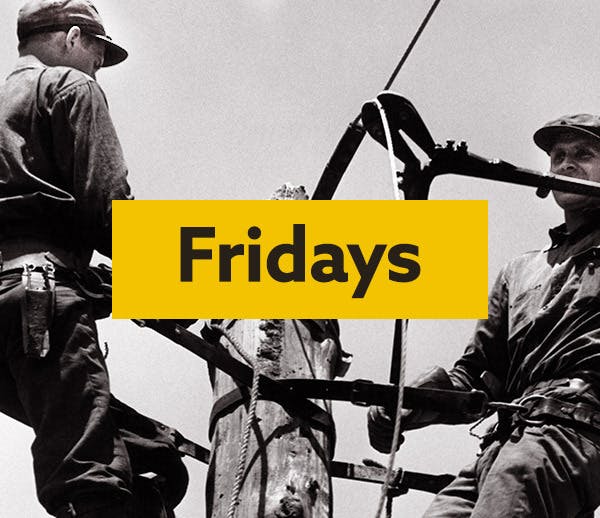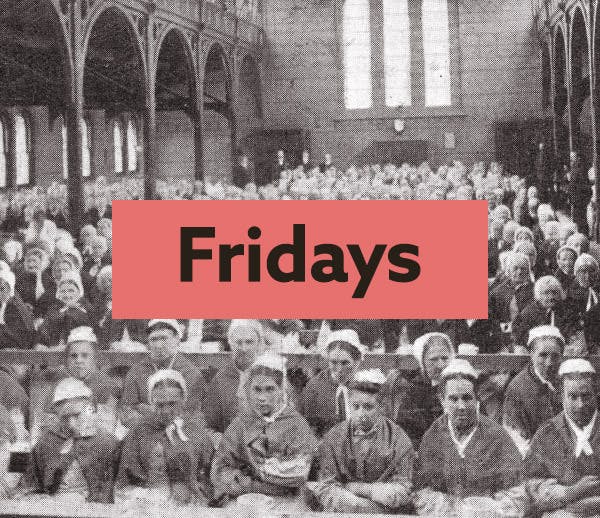Cultivate your Caribbean history with records from Barbados and beyond
4-5 minute read
By Jessie Ohara | October 21, 2022

It's time to take your research global.
Have you traced your heritage over to the West Indies? Perhaps your ancestors settled there, or you are of Caribbean descent? If so, this is a release you won't want to miss.
Caribbean Association Oath Rolls, 1696
Discover the names of the British settlers in the Caribbean who were forced to pledge their allegiance to William III in 1696.
After the infamous Glorious Revolution in 1688, William III - formerly William of Orange - ascended the throne through effective abdication and turned a previously Catholic monarchy into a Protestant one.
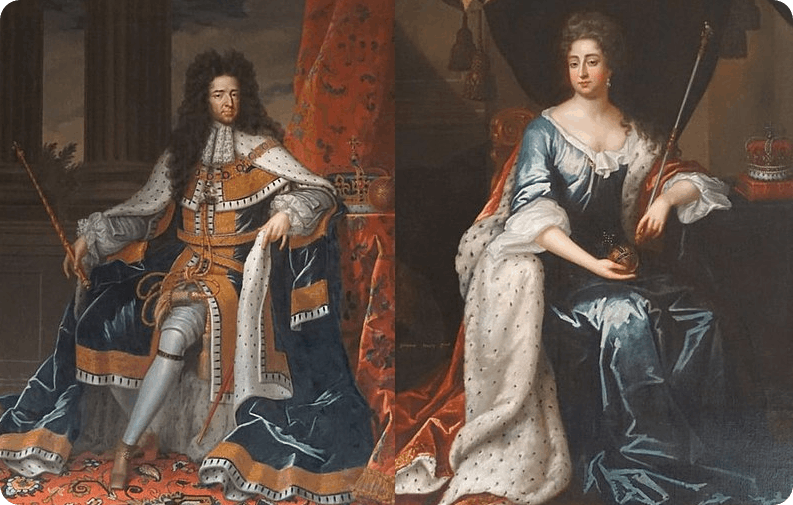
William III and his joint monarch and wife, Queen Mary.
Though the nation was majorly Protestant, this caused significant discontent, as it disavowed the Divine Right of Kings - the belief that a monarch was chosen by God, rather than the people.
To help counter this, William III ordered the aristocracy of the nation to 'associate' with him by issuing these documents and forcing them to take an oath that he, not the previous king James II or his son James Stuart, was the rightful and lawful monarch. Though most of these rolls are from England and Wales, there are some surviving from what was called 'foreign plantations', including this collection from the then-British West Indies. Many took the oath no matter what their true beliefs were - indeed, the Security of King and Government Act of 1696 required officeholders to pledge as a condition of their position in office.
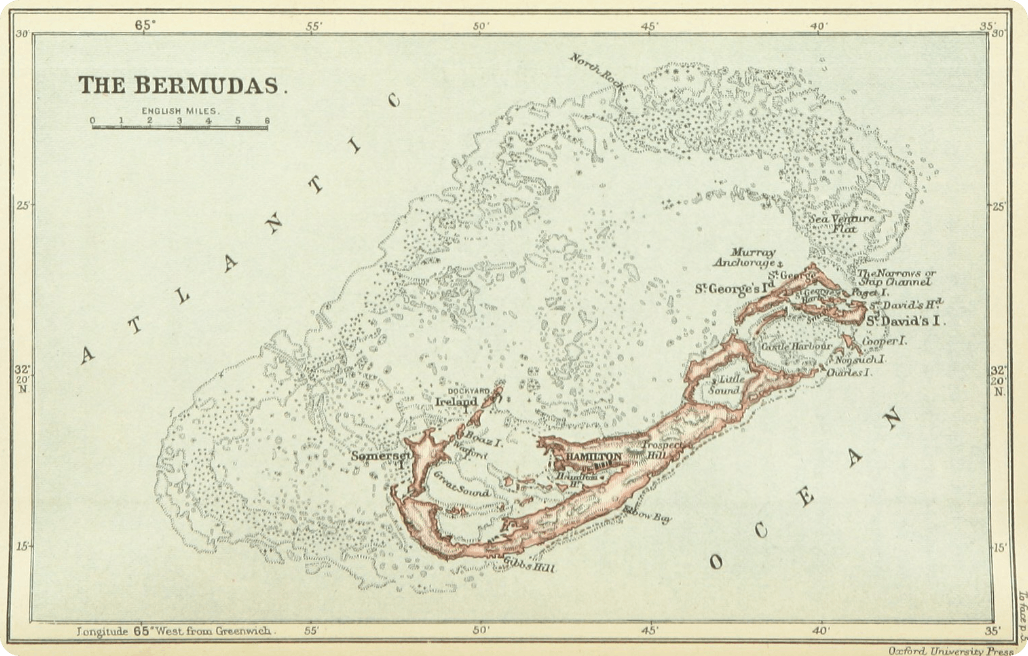
An 1888 historical map of Bermuda, published by the British Library as part of A Historical Geography of the British Colonies (of the British Empire).
There are records in this collection from Barbados and the Leeward Islands, including Antigua, Montserrat, St Kitts and Nevis, though the majority of them come from Bermuda. This is because the monarch asked the leaders and significant members of each Bermudian 'tribe' to also sign the oath. You will find a name, their island of residence, and their organization, which includes either their tribe, their assembly, or their council.
It should be noted that this collection exclusively comprises White colonial settlers.
Barbados Births & Baptisms 1637-1891
We've added new records to this collection from the years 1678-1679.
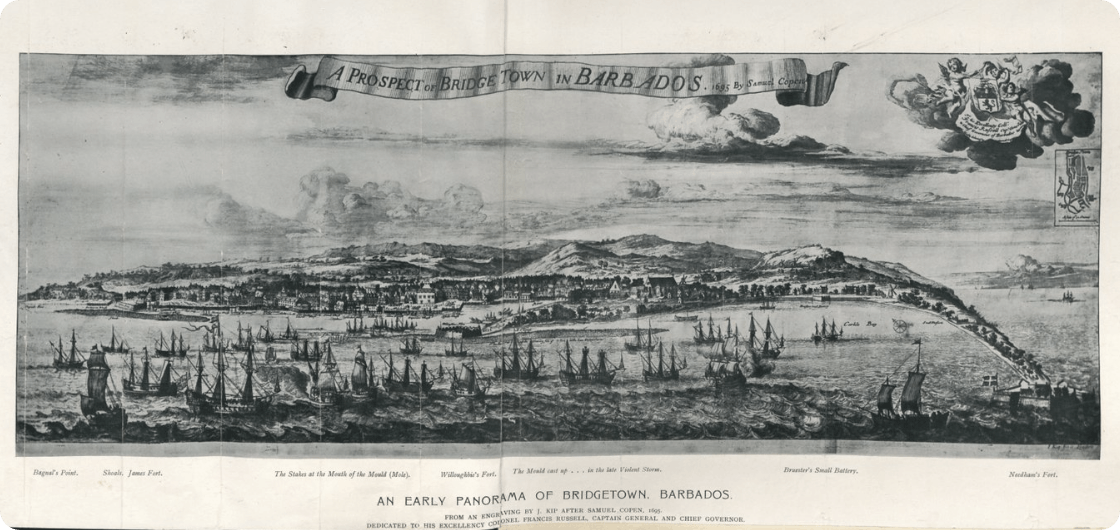
An early panorama of Bridgetown, Barbados, 1695. From an engraving by J. Kip and published by The National Archives.
These records will offer a name, a birth or baptism date, a birthplace, and often the names of both parents. Some of them, such as Mary Gittings in 1678, will also include the names of witnesses to the baptism.
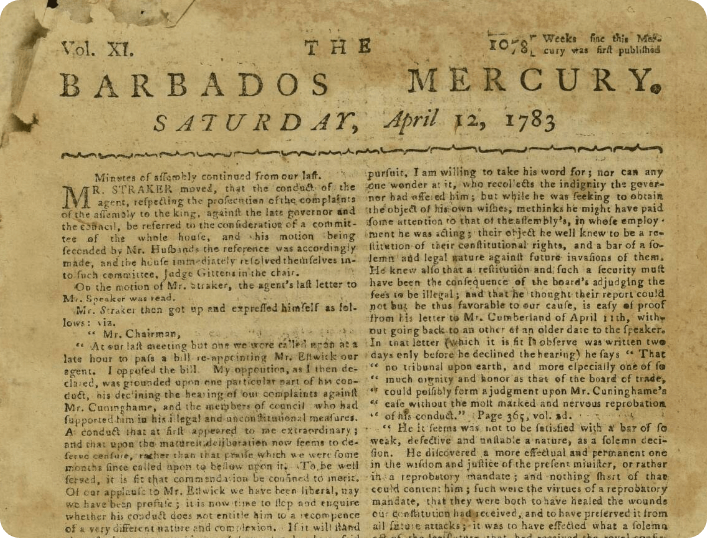
The front page of the Barbados Mercury in 1783. View this page here.
If you have roots in Barbados and want to explore the island further, make sure to head to our newspaper archive and browse the Barbados Mercury, the Barbados Agricultural Reporter, the Barbados Herald and the Barbados Mercury and Bridge-Town Gazette. These four papers document everything from industry, agriculture, local news and foreign affairs, with articles from 1783-1922.
Montserrat, Methodist Marriages 1820-1841
This brand-new and exclusive collection documents some of the earliest-known Methodist marriages amongst enslaved and freed people in Montserrat.
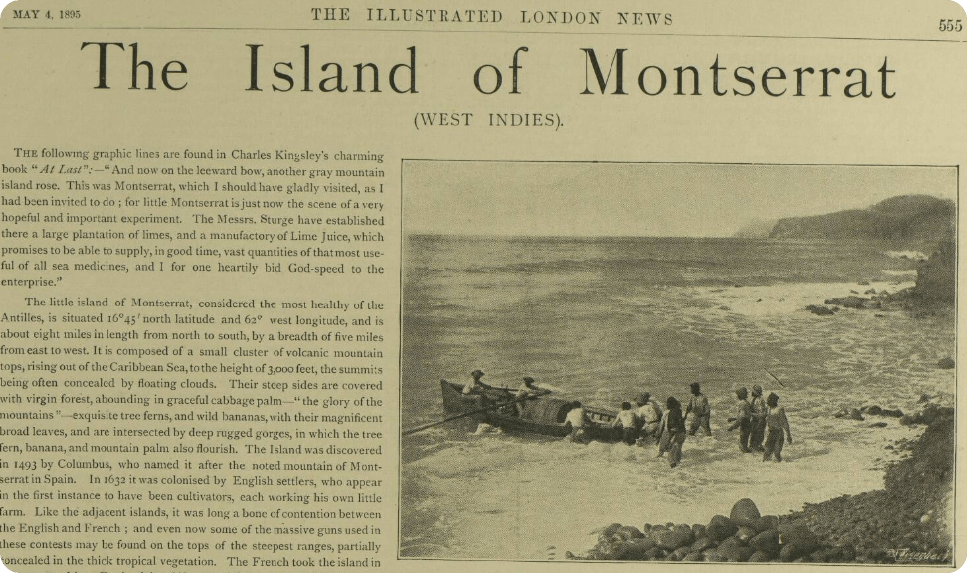
A spread entitled 'The Island of Montserrat', featured in the Illustrated London News, 1895.
Kitty Dorset (or Dorsette) was an enslaved woman brought to Montserrat by her enslaver in 1810. With her, she brought Wesleyan Methodism, which she spread quickly amongst enslaved and freed people across the island.
All the couples in this index were Black or mixed-race, and up until 1833 - when the Slavery Abolition Act came into effect - most were enslaved. This information is listed in the 'status' field of the transcription. Following 1833, those who had been enslaved would have been considered 'apprentices', though this was widely considered to be just another manifestation of slavery. Finally, these people were fully emancipated in 1838 from both slavery and the apprenticeship system.
You'll find the residence of the couple, which would also be the plantation that they worked on, and for the groom you may also find an 'occupation', such as Watchman or Pasture Boy.
Hot off the press
Once you've completed your escapades across the Caribbean, arrive in London and discover history as it happened, with reports of Jack the Ripper's murders in our new title the Eastern Argus and Borough of Hackney Times.
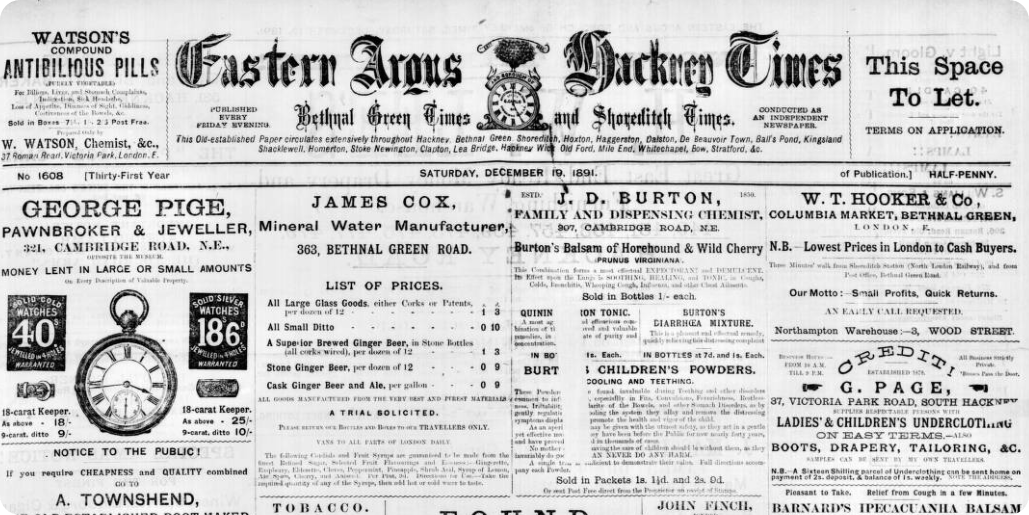
The front page of the Eastern Argus and Borough of Hackney Times, 1891.
This title certainly had a fascination with the macabre, very often reporting on sudden deaths and fatal accidents that had occurred throughout London's East End. Of this, the most notable are the reports on Jack the Ripper, who terrorized London in 1888.

'Jack the Ripper again', the Eastern Argus and Borough of Hackney Times, 1889.
If your interest in true crime is perhaps not as strong, then check out the full list of new and updated titles below. When one catches your eye, just head to our newspaper archive and filter by title.
New titles:
- Eastern Argus and Borough of Hackney Times, 1877-1912
Updated titles:
- Abergele & Pensarn Visitor, 1994
- Bebington News, 1994
- Belper Express, 1994, 1996
- Bootle Times, 1994-1995
- Bristol Evening Post, 1952-1957, 1960-1961, 1966-1967, 1975
- Burntwood Mercury, 1995
- Cheltenham News, 1991
- Dumfries and Galloway Standard, 1952, 1996
- Ealing & Southall Informer, 1994
- East Kent Gazette, 1995
- Haltemprice & East Yorkshire Advertiser, 1994
- Harlow Star, 1995
- Harrow Informer, 1995
- Hinckley Times, 1916, 1933, 1962, 1981, 1983
- Holderness Advertiser, 1993
- Horley & Gatwick Mirror, 1995
- Leicester Chronicle, 1864
- Leicester Daily Mercury, 1996
- Nantwich Chronicle, 1984
- Neath Guardian, 1994
- Northampton Herald & Post, 1994
- Oldham Advertiser, 1995
- Reveille, 1951
- Salford Advertiser, 1995
- Scunthorpe Evening Telegraph, 1942
- Sevenoaks Chronicle and Kentish Advertiser, 1995
- Southport Visiter, 1994
- St Neots Town Crier, 1987
- Stanmore Observer, 1994
- Sunbury & Shepperton Herald, 1995
- Sunday Sun (Newcastle), 1928, 1960-1961, 1963, 1965, 1968-1969, 1971, 1977, 1983
- Surrey Herald, 1995
- Surrey Mirror, 1994
- Surrey-Hants Star, 1994-1995
- Uxbridge Leader, 1991
Of course, we can't forget to mention that unlimited access to the 1921 Census is now available through our Premium subscription. Have you started unlocking the mysteries in your family history? Let us know by tagging @findmypast on social media.


